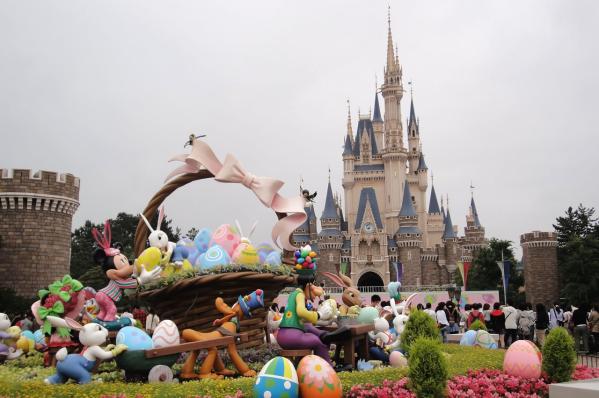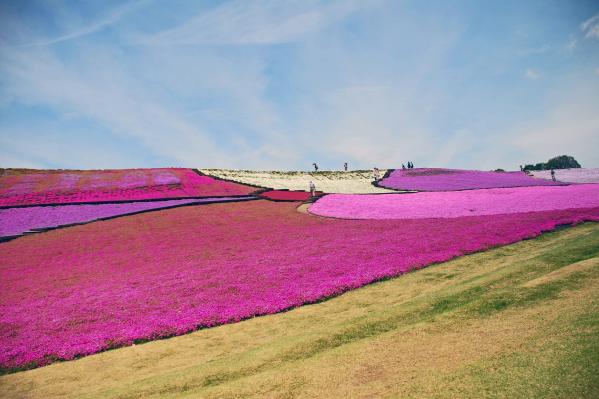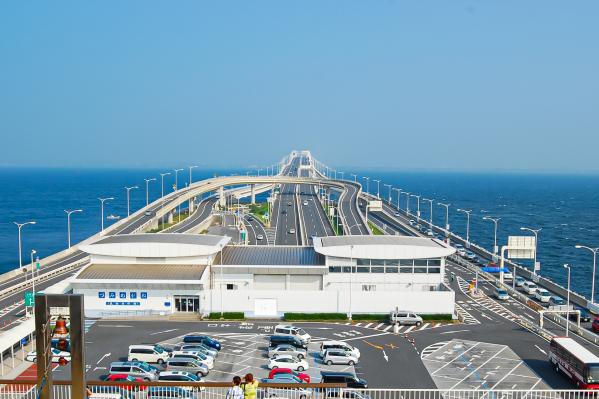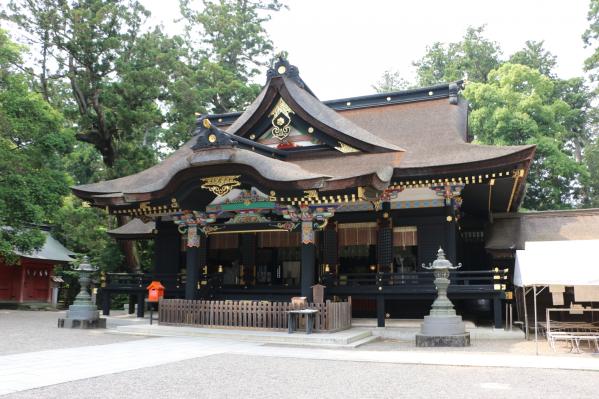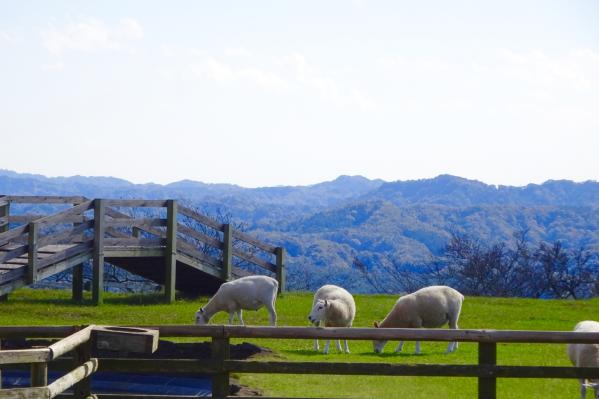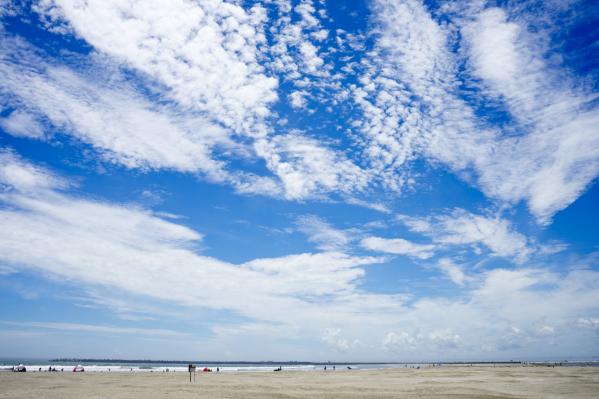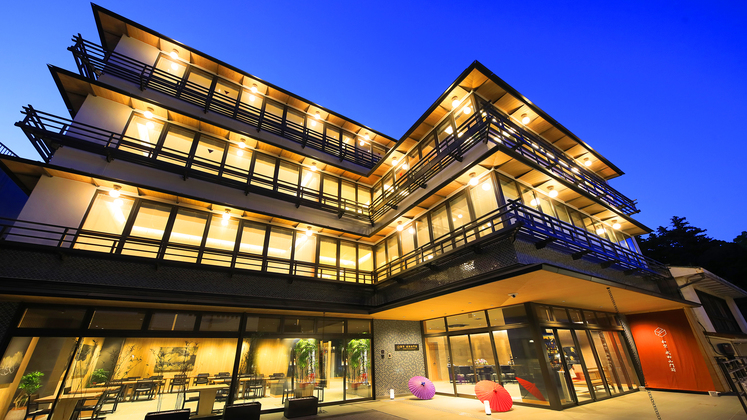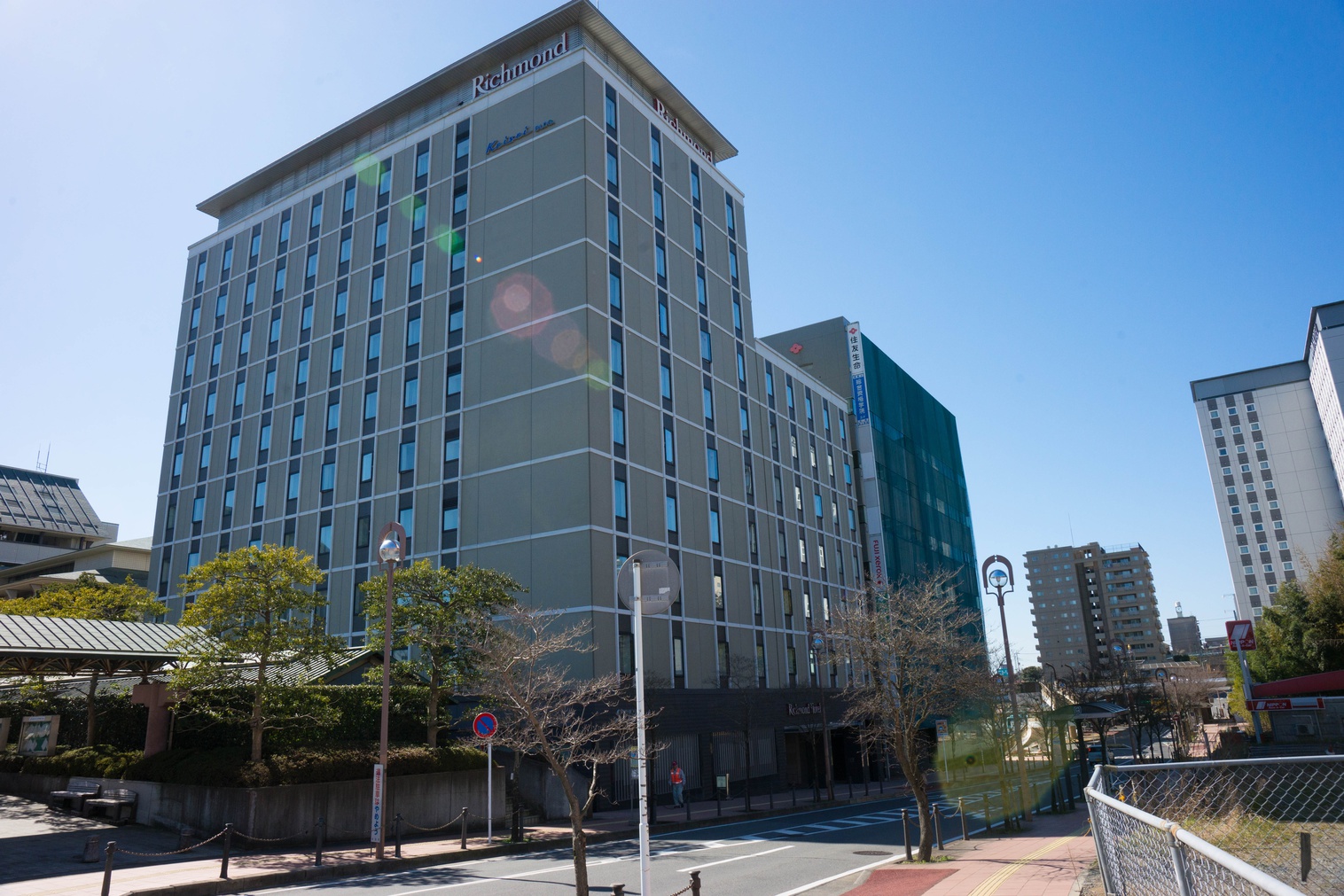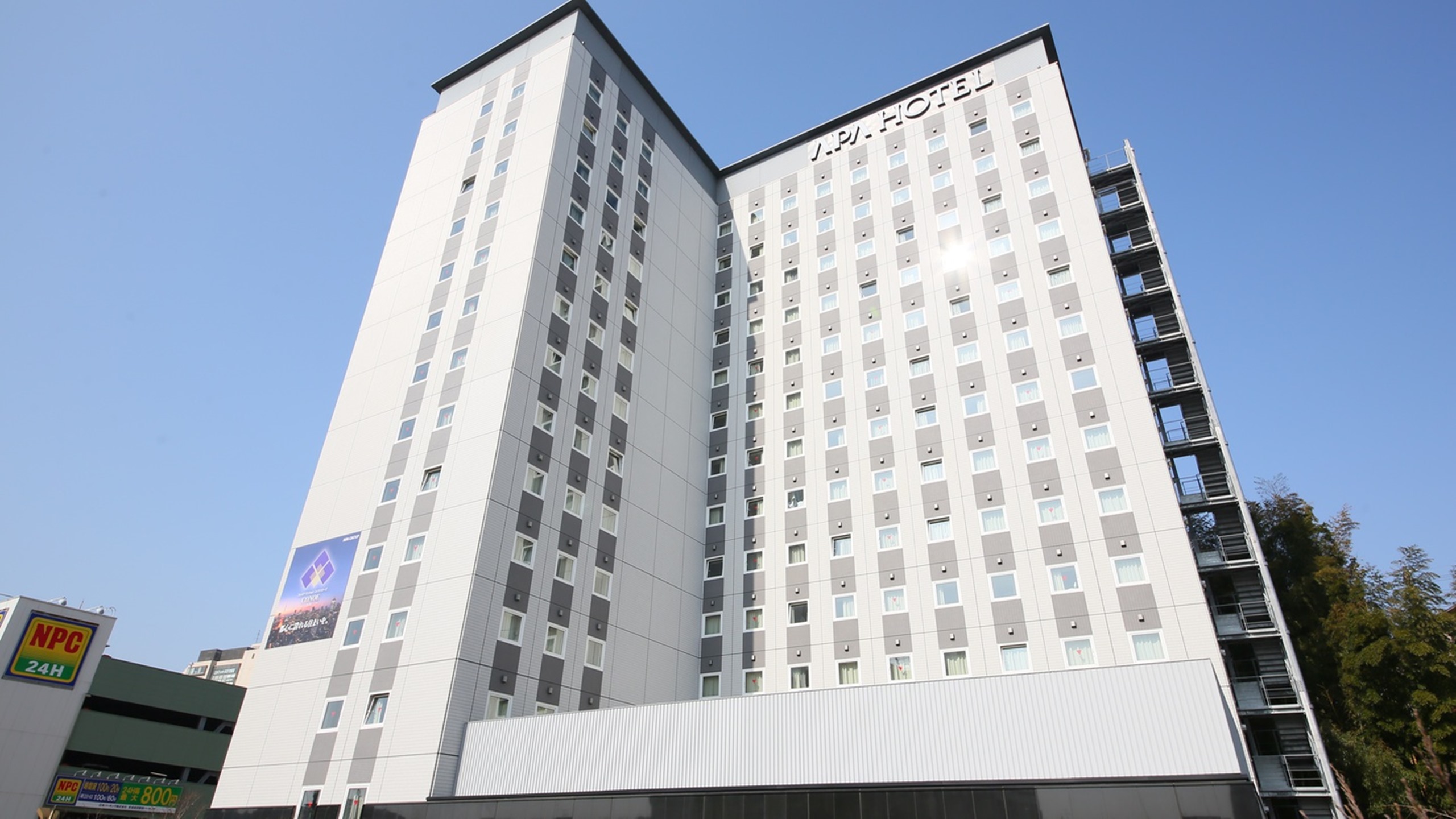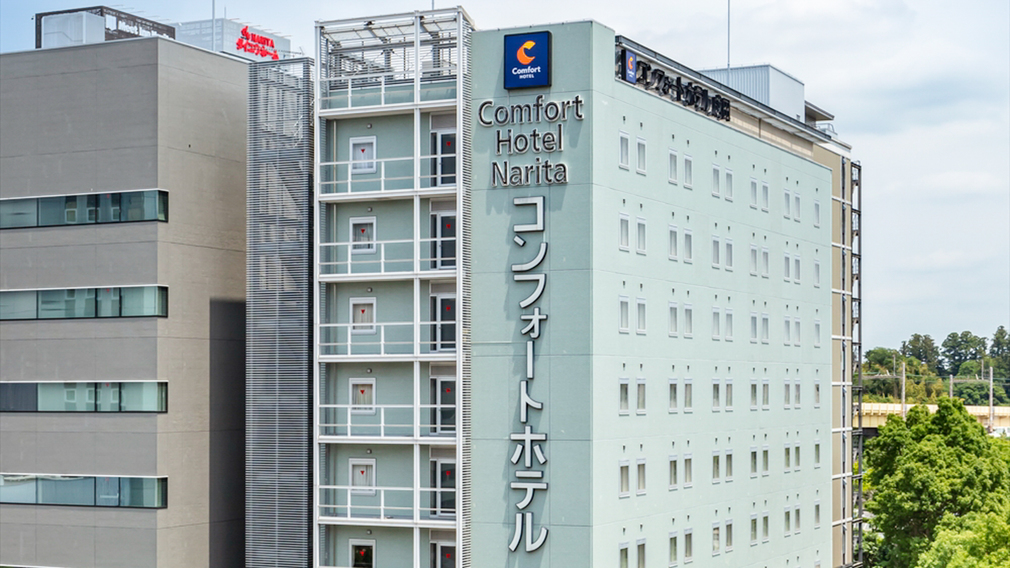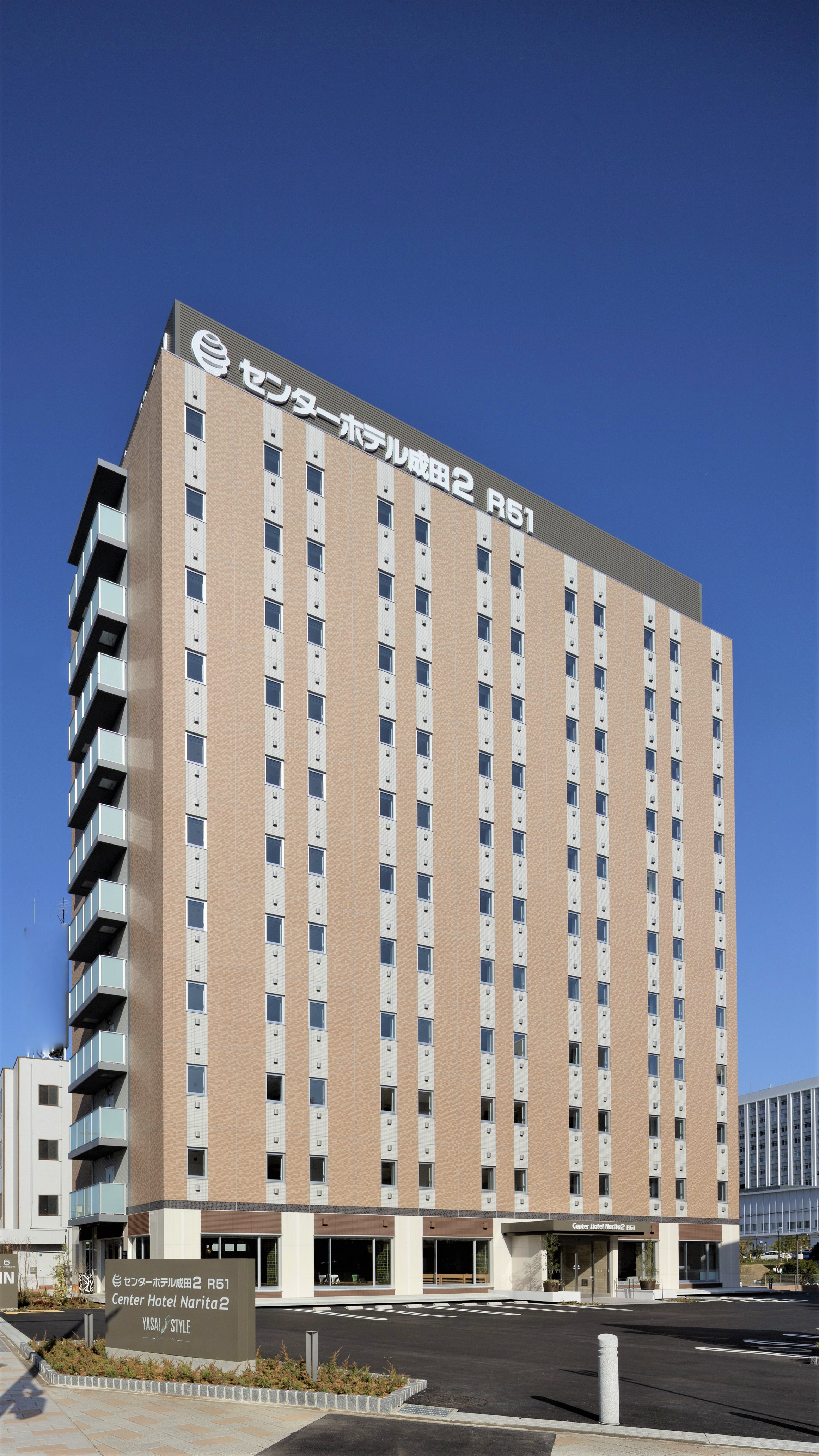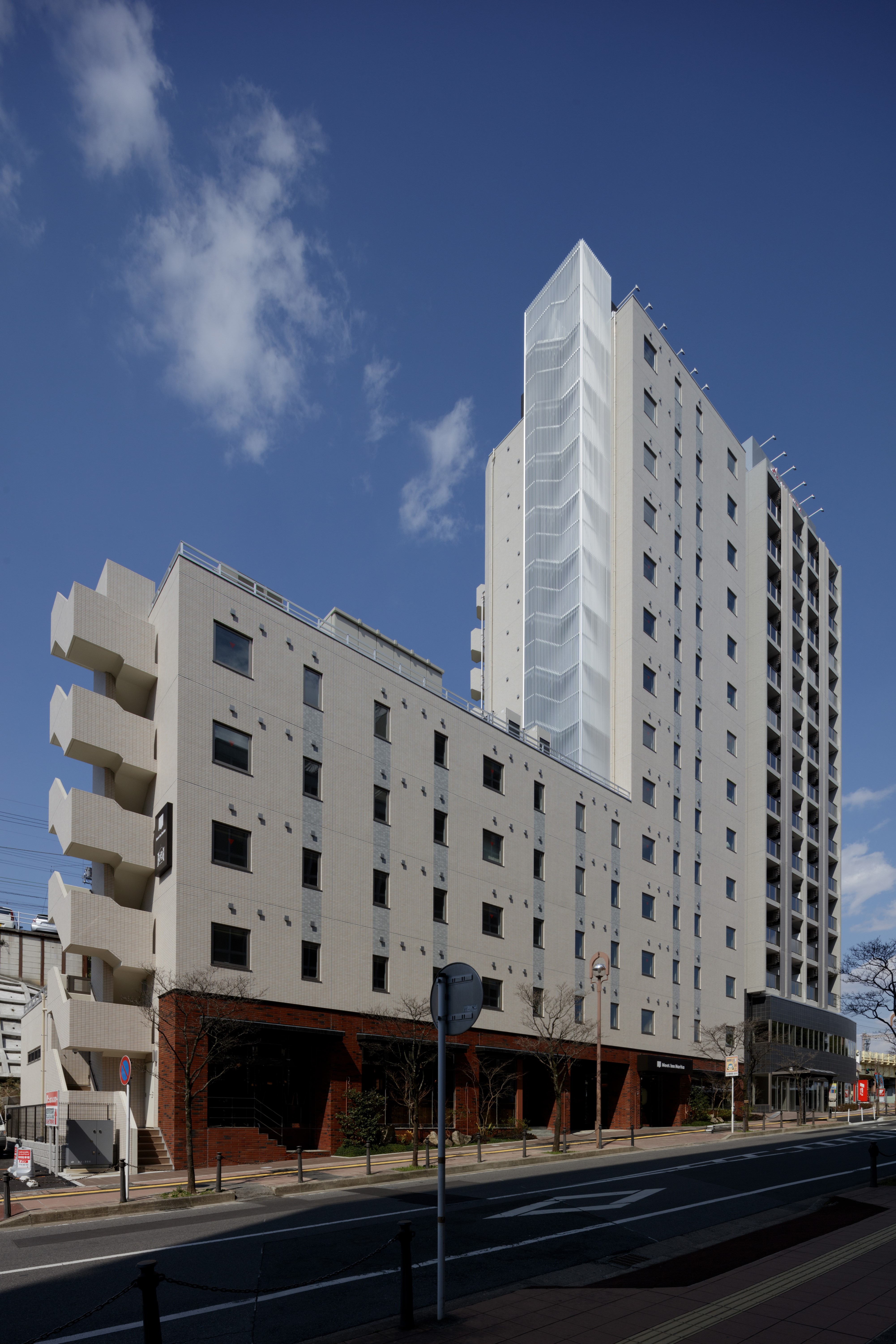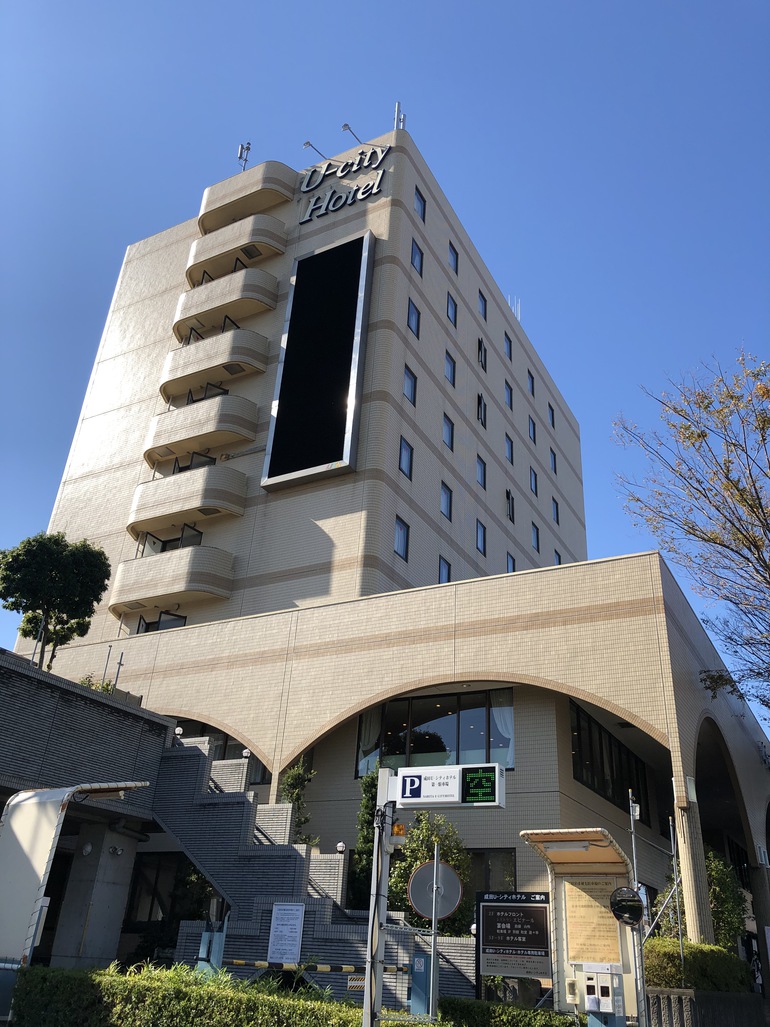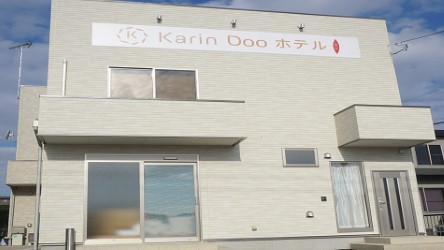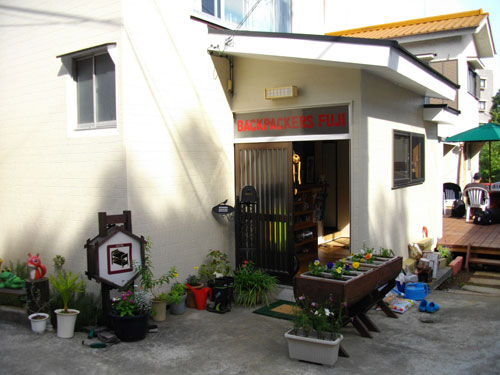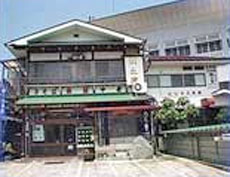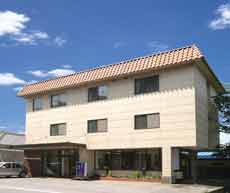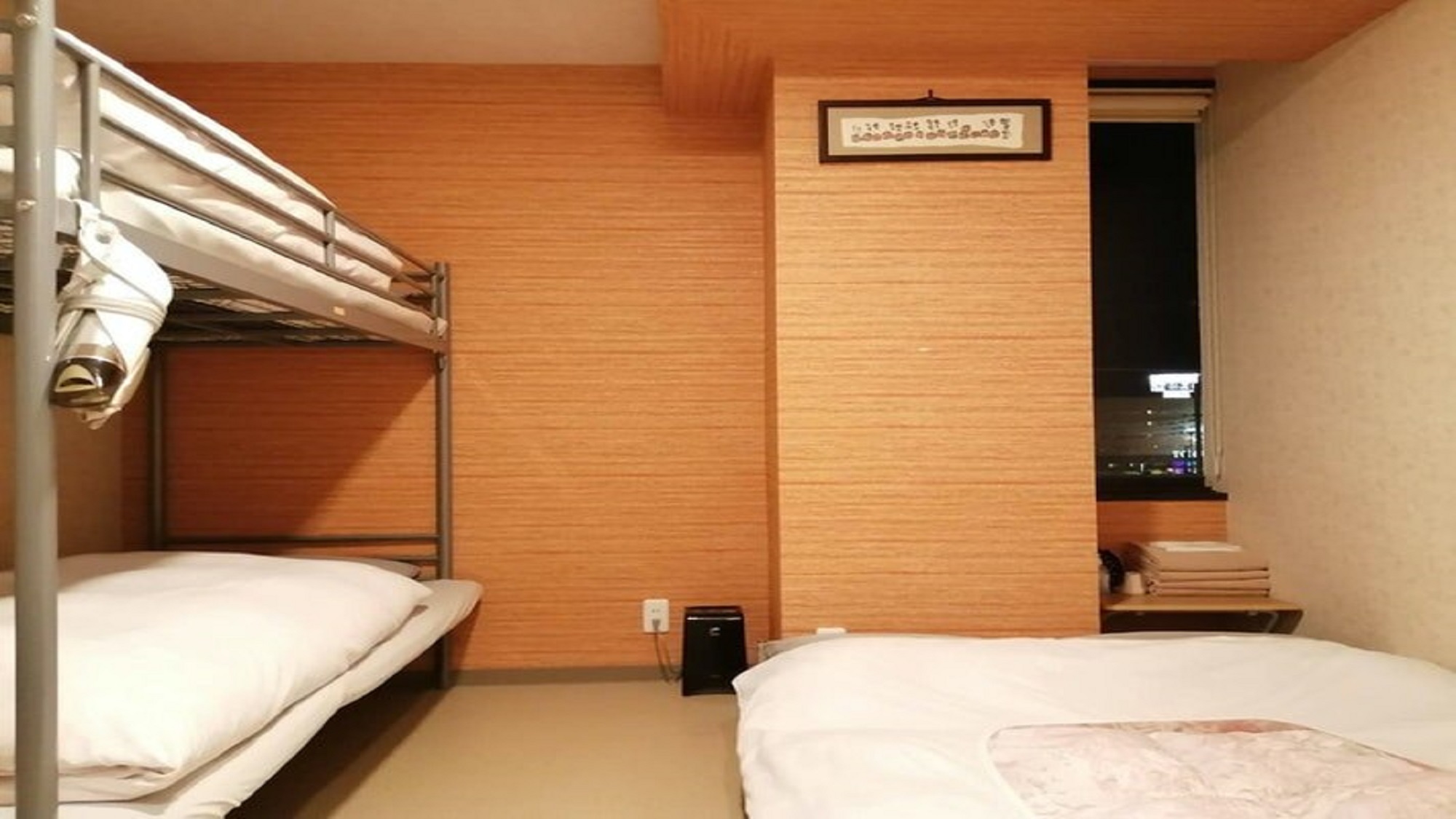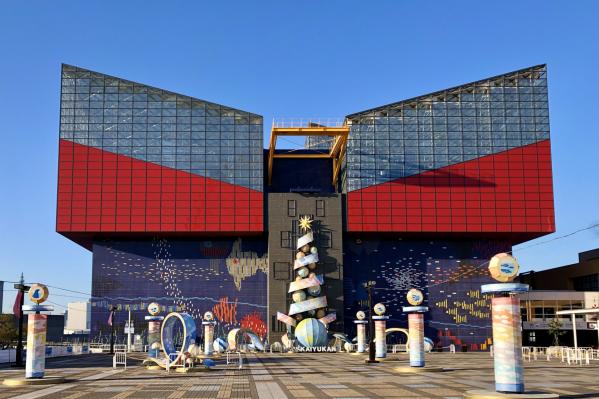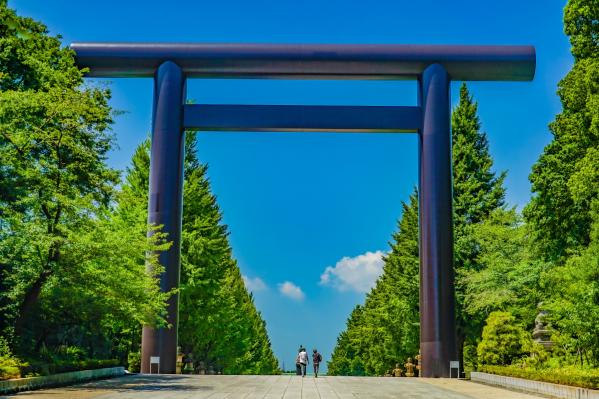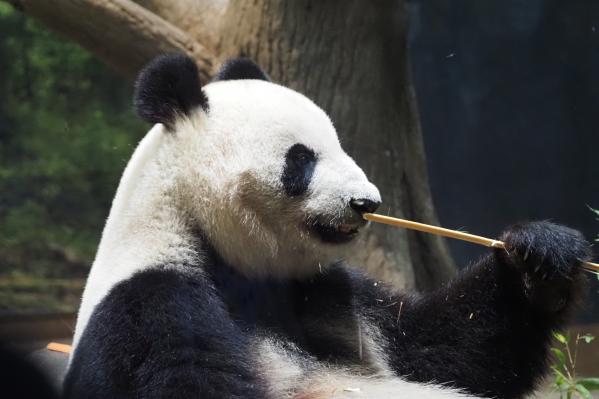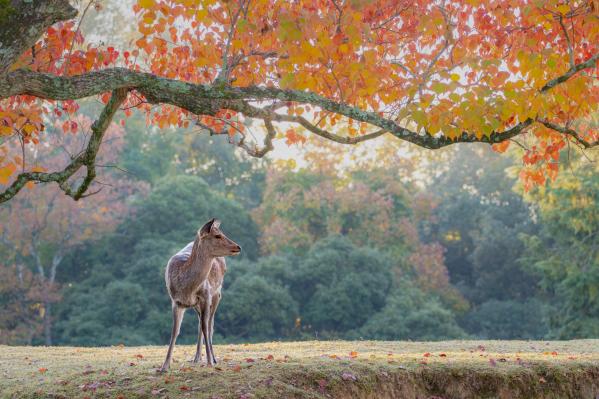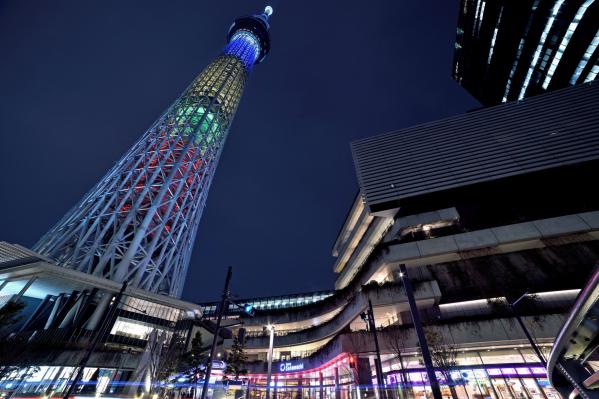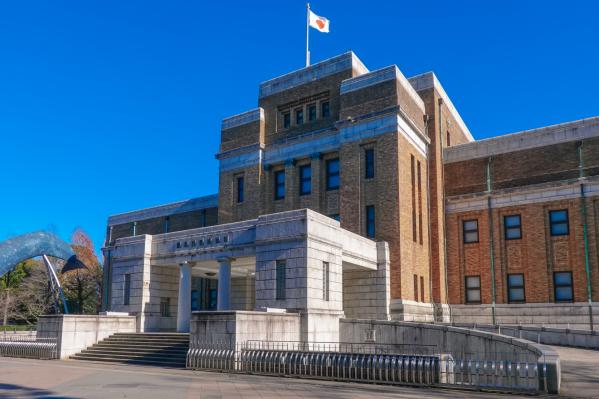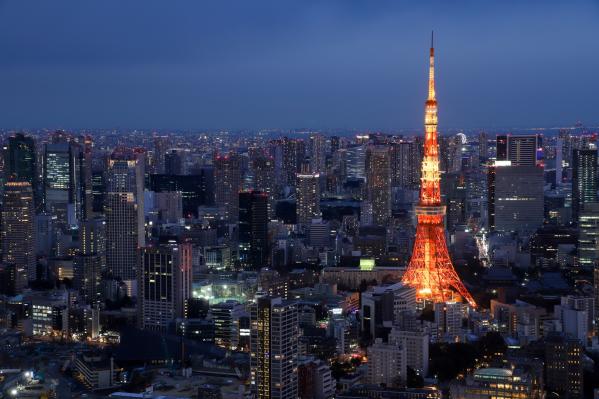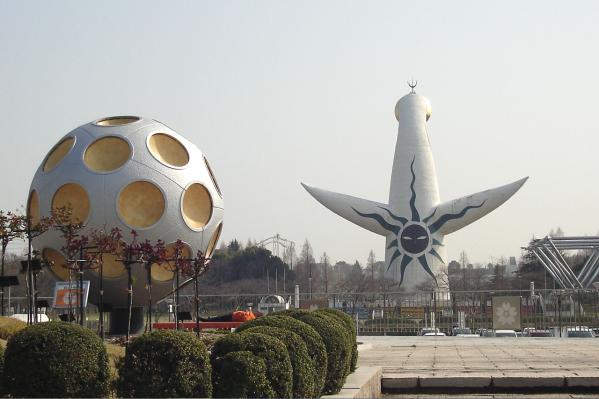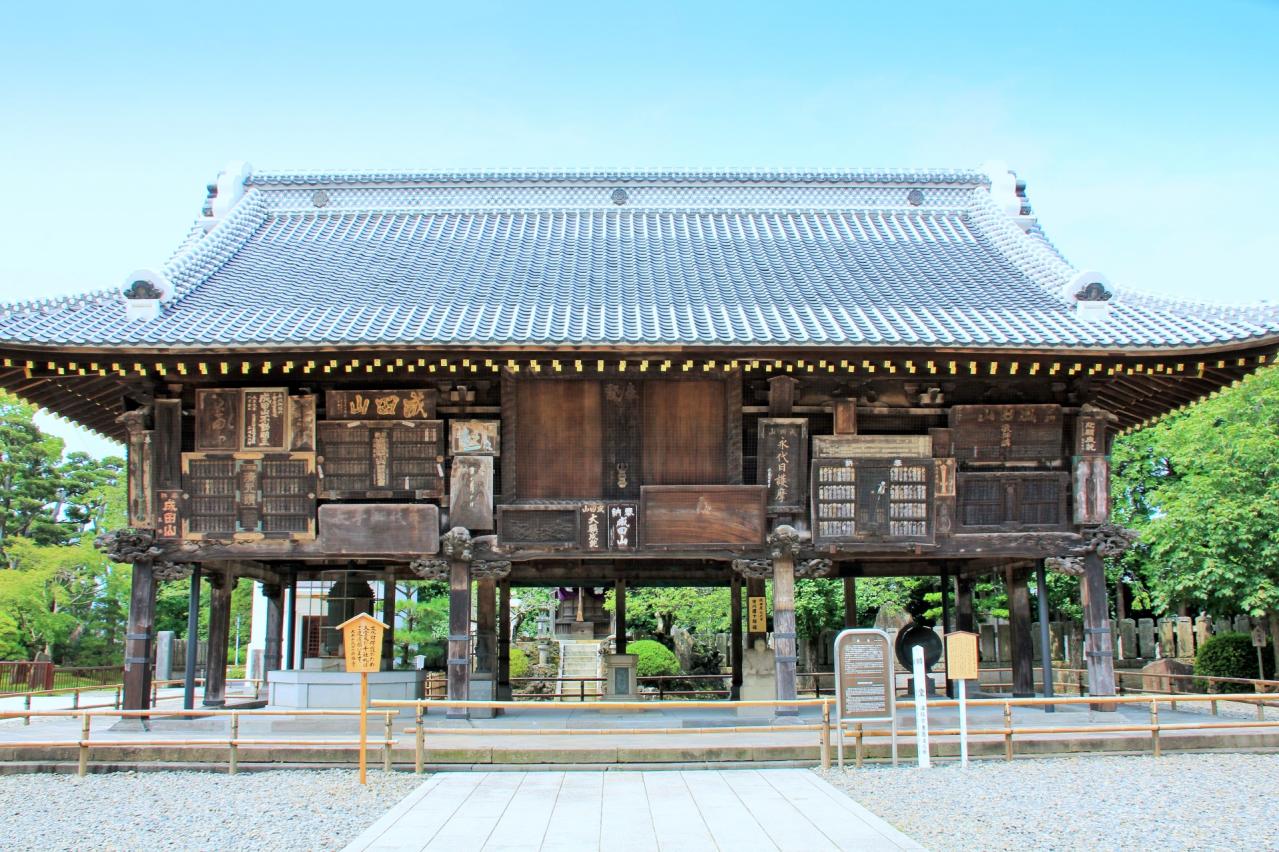
Naritasan Shinshoji Temple
The name "Shinshoji" means "to win anew," and the temple was established as a sacred site to protect the Kanto region. The temple's principal deity, Fudo Myoo, has been worshiped since the Heian period and supports believers in fulfilling their wishes and warding off disasters through daily "Goma rituals." These rituals are said to burn away worldly desires in flames, and they are renowned for their powerful purifying and exorcising effects.
The expansive grounds of the temple feature numerous important cultural properties designated by the national government, including the Nio Gate, Komyodo, and Shakadō, each associated with specific benefits, such as family safety, traffic safety, career advancement, prosperous business, and love fulfillment. Additionally, Naritasan Park is adjacent to the temple, offering ponds, waterfalls, fountains, and stone monuments, as well as facilities like the Narita-san Calligraphy Museum and the tea room "Akamatsu-an," providing visitors with healing and culture.
Beyond being just a tourist spot, Naritasan Shinshoji Temple continues to offer peace of mind and strength to many people. With a variety of stamp collecting and experiential programs, it is definitely a place worth visiting.
Basic Information
- Spot Name
- Naritasan Shinshoji Temple
- Location
- 〒286-002 1 Narita, Narita City, Chiba Prefecture
- Access
- 10-minute walk from Narita Station on the JR Narita Line or Keisei Narita Station on the Keisei Line.
- Parking
- Available
There are a total of 20 parking lots in the vicinity, including both private and municipal options (40 lots during the New Year). - Business Hours
- Open all day (Reception hours: 8:00 AM - 4:00 PM) *The grounds are open 24 hours.
- Contact Information
- Phone Number:0476-22-2111
- Official Website
Map
Detailed Information
▶ The Origin of Naritasan (Foundation of the Temple)
Foundation 1
In the Heian period, amidst the unrest caused by the rebellion of Taira no Masakado, the Great Priest Kancho, along with the Fudo Myoo (Acala) that Kobo Daishi Kukai himself opened his eyes to, arrived in the Kanto region. In the year 939 (Tengyo 2), the Kanto warlord Taira no Masakado proclaimed himself as the "New Emperor" and opposed the imperial court, leading to the outbreak of the rebellion. During this time of chaos and insecurity, people lived in fear and confusion.
Receiving a decree from Emperor Suzaku, Great Priest Kancho brought the sacred image of Fudo Myoo to the Kanto region. He departed from the capital, carrying the Fudo Myoo statue crafted by Kobo Daishi Kukai himself, and embarked on a ship from Osaka, landing at Otazuru Beach in the Boso Peninsula.
Foundation 2
Naritasan was established as a sacred site to protect Kanto, receiving the temple name Shinshoji, meaning "New Victory Temple."
In Narita, rigorous goma (fire ritual) prayers were conducted. On the final day of prayers, Masakado’s rebellion came to an end. Great Priest Kancho enshrined the sacred image in Narita and prayed with goma fire for peace to return to the Kanto region after 21 days of conflict. On the last day of the prayers, Masakado was defeated, and peace once again came to the land.
Following the guidance of Fudo Myoo, the temple Naritasan Shinshoji was established to stay in Narita and save the people. When Great Priest Kancho attempted to return to the capital, the sacred image remained steadfast, as if like a solid rock, indicating that he should stay in this land. Thus, Naritasan Shinshoji was founded.
Foundation 3
Gathering immense faith from the populace, many notable figures such as Minamoto no Yoritomo, Mito Komon, Ninomiya Sontoku, and the kabuki actor Ichikawa Danjuro became devotees of Naritasan. Ichikawa Danjuro became a follower of Fudo Myoo and adopted the Naritaya name, and staged performances featuring Fudo Myoo, which enhanced the faith of the common people in the deity.
Even today, the faith in "Narita's Fudo-sama" continues, with the twelfth generation Ichikawa Danjuro and Ichikawa Ebizo deeply devoted to the Fudo Myoo of Naritasan, upholding the Naritaya name and preserving the traditional performing art of kabuki.
The Founder of the Temple
Great Priest Kancho
Great Priest Kancho is a descendant of Emperor Utada. Born in the year 916 (Engi 16) as the second child of Prince Atsumi, he became a monk at the age of 11. He served as the head priest of Ninna-ji, Todai-ji, and Nishiji temples and as the chief of Toji temple. In 986 (Kanwa 2), he became Japan's third Daisojo (Grand Priest), the first of the Shingon sect, following Gyouki Bosatsu and Jikei Daishi Ryougen. Great Priest Kancho was also a leading expert in shōmyō, a traditional music used in ceremonies, which involves chanting Buddhist scriptures with melodies.
▶ What is Narita's Fudo-sama?
The main deity of Naritasan Shinshoji Temple, Fudo Myoo, is a sacred image that was carved with deep prayer by Kobo Daishi Kukai himself, who performed "one cut and three bows" (offering three prostrations for each carving). At Naritasan, for over a thousand years, with the auspicious protection of this miraculous Fudo Myoo, prayers for the fulfillment of everyone's wishes have been held uninterrupted by goma fire. In the goma ritual, the strength of Fudo-sama, the monks' prayers, and the collective prayers of the people come together, materializing as pure wishes. The faith in "Narita's Fudo-sama" continues to gather devotion from many people even today.
▶ Teachings of Fudo-sama
At Naritasan, the teachings of Fudo-sama are upheld as "Our Pledge," serving as a practice for the devotees of Fudo. By appreciating Fudo-sama's great compassion and applying it to our daily lives, we can learn the path we should walk.
1. Following the teachings of our deity, we serve all people.
The term "noboku" refers to a servant, symbolizing those who selflessly serve others. Fudo-sama appears as a dark-skinned servant to guide all people from suffering to enlightenment.
2. By the guidance of our deity’s rope (the "kuzaku"), we lead a life of mutual support.
Fudo-sama uses the rope in his left hand to bind those who are straying in the wrong direction, ensuring they are led back to the right path. Let us cherish the spirit of helping each other.
3. With the steadfast determination of our deity, we endure all hardships.
"Granite" refers to heavy, large stone. Fudo-sama sits firmly upon a rock, demonstrating his determination to save and guide everyone. This teaches us to cultivate resilience, free from distractions and not to yield to any circumstances.
4. Like the blazing flames of our deity, we diligently strive.
Fudo-sama resides amidst flames that never weaken. Through this form, we are reminded that consistent effort leads to the opening of our paths.
5. Embodying our deity’s unwavering spirit, we strive for mental unity.
Fudo-sama seated upon the rock signifies that the desire for enlightenment rests firmly in a strong and immovable state. To fully unleash our powers, we should calmly face any situation and cultivate an unmoveable heart.
6. With the wisdom of our deity's sharp sword, we make correct judgments and awaken to our true selves.
The sword in Fudo-sama's right hand symbolizes just judgment that discerns good and evil. Let us cultivate deep insight by cutting through our emotional confusions of anger, greed, and foolishness, awakening to our true selves.
7. Receiving the power of our deity's blessings, we pray to partake of the equal benefits.
The power of blessings represents the strength with which the Buddha protects us with compassion and our faith in receiving it. The Buddha's great compassion is always poured upon us. Only when the Buddha's compassionate power and our faith resonate does the true power of blessings manifest.
Naritasan Shinshoji Temple Movies
Chiba Tourist Attractions
View ListTokyo Disneyland
Tokyo Disneyland is a theme park based on Walt Disney's vision of "a place to bring happiness to people," where visitors of all ages can enjoy themselves. Opened in ...
Tokyo German Village
Tokyo German Village is a nature-themed park located in Sodegaura City, Chiba Prefecture, covering a vast area of 270,000 tsubo. Since its opening in 2001, the beaut...
Umihotaru Parking Area
Umihotaru Parking Area is located on the Tokyo Bay Aqua-Line, which connects Kawasaki City in Kanagawa Prefecture with Kisarazu City in Chiba Prefecture. It is built...
Katori Jingu
Katori Shrine is the Ichinomiya (first shrine) of Shimosa Province and serves as the head shrine of approximately 400 Katori Shrines nationwide. The main deity is Ku...
Mother Farm
Mother Farm is a tourist farm located in Kannon Mountain on the Boso Peninsula, offering stunning views of Tokyo Bay and Mount Fuji. The expansive grounds are home t...
Kamogawa Sea World
Kamogawa Sea World is an aquarium themed "Encounter with the World of the Sea," located on the Boso Peninsula. Inside the facility, 11,000 specimens of 800 species o...
Kujukuri Beach
Kujukuri Beach is one of Japan's most beautiful coastlines, stretching along the Pacific Ocean with a vast sandy beach of about 66 kilometers. The gentle sloping sho...
Chiba Zoological Park
Chiba City Zoo is an animal park surrounded by lush nature. The park is divided into six areas, including the Monkey Zone and Plains Zone, and is home to approximate...








